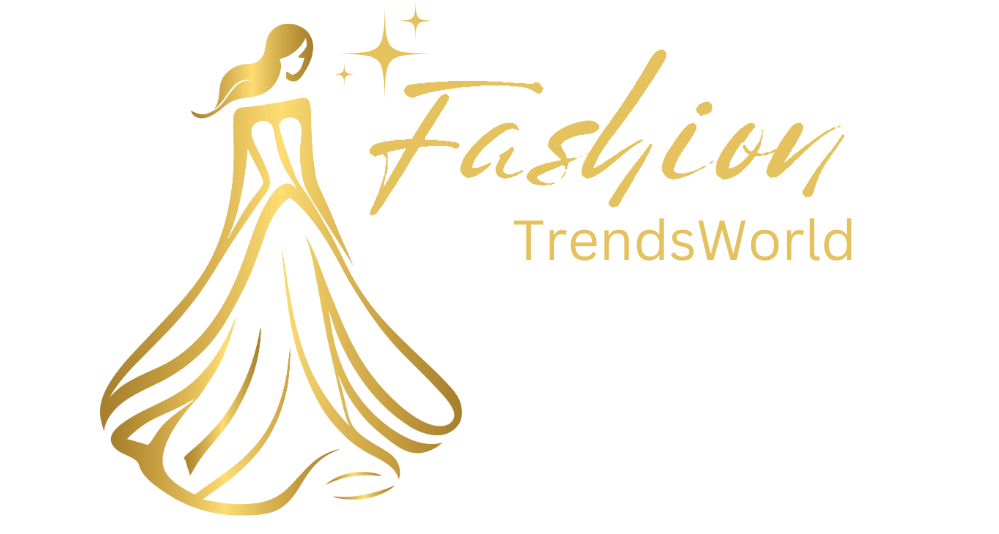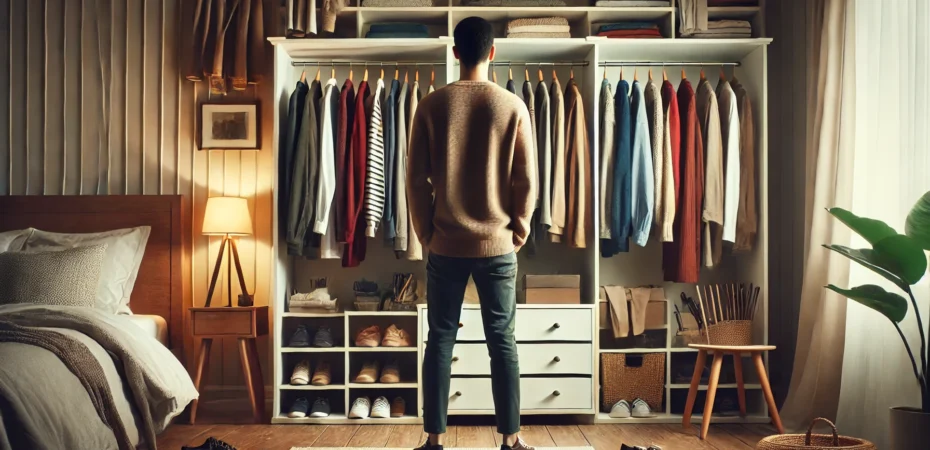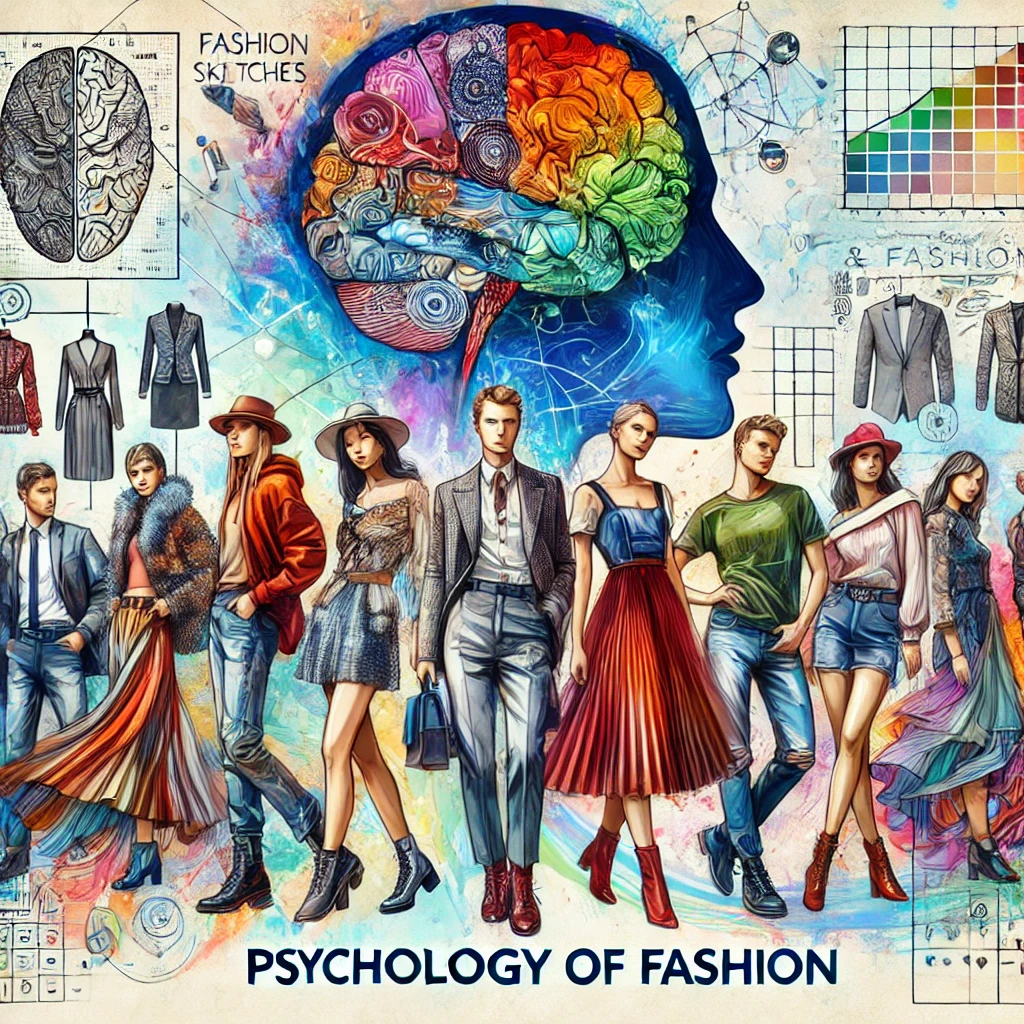The Psychology of Fashion: How What You Wear Affects Your Mood and Behavior
5 months ago fashiontrendsworld Comments Off on The Psychology of Fashion: How What You Wear Affects Your Mood and Behavior
Introduction: The Unconscious Impact of Fashion on the Mind
For many, it is considered a superficial activity, something that is guided by trends and the pressures of society. Nevertheless, the clothes we wear are much more than mere fabric and design; they are key psychological tools in molding one’s mood, behavior, and interactions with others. We know well that what we wear each day could make a deep difference in our perception of ourselves, how others perceive us, and how we can navigate the world. The psychology of fashion thus reveals the intimate relationship between clothes and mental wellbeing, making clear that our wardrobe is an extension of our mind. Understanding this connection will help people utilize the power of clothing to uplift self-esteem and improve everyday life.
The Power of Colors: How Hue Shapes Our Emotions
One of the most striking ways fashion impacts our emotions is through color. Each color carries its own psychological significance and can evoke different feelings. For example, red can be energizing, passionate, and confident, while blue is associated with calmness and reliability. Yellow can be associated with happiness and optimism, while black is associated with sophistication and authority. The strategic use of color in our clothing allows us to send subtle emotional signals to those around us. In addition, our personal responses to certain colors can affect our mood throughout the day. By understanding the psychological effects of color, people can dress in ways that align with their desired emotional state, enhancing their confidence and mindset.
Clothing and Self-Perception: Dressing for Confidence
The clothes we wear are not just a reflection of our external identity but also influence our internal perception of ourselves. In a study, it was found that self-confidence and our overall mood are enhanced when we dress in attire that serves to make us feel good about ourselves. A good example is having clothes that are well-fitted and belonging to one’s personal style, which can give a feeling of empowerment. Clothes that fit badly or are uneasy to wear may cause feelings of insecurity and frustration. The concept of “enclothed cognition” shows how the garments we are wearing would reflect our thoughts and attitudes. When we dress in line with the personal values or aspirations, we feel more in control and capable. In this respect, fashion becomes a reinforcement for a positive self-image and mental strength in people.
The Social Interaction Impact of Fashion
Fashion is important to our interactions with others. How we dress can influence how people perceive us in social and professional environments. Clothes can sometimes be a silent way of communicating with others regarding our status, personality, or intentions. In this regard, wearing formal attire can sometimes give one a professional look and the aura of authority, while casual wear can depict one as friendly and easy-going. Clothes worn can also affect our perception of other people, and how we tend to judge or show bias. This is possible for it to bring a sense of belonging or isolation, depending on whether our dress aligns with social expectations or group norms. Careful selection of our wardrobe may provide easier social movements in interactions, which serve as an influence on relations with others and vice versa.
Fashion as an Instrument of Psychological Change
Fashion is not only a means of boosting your confidence but also a means of transformation. Sometimes, people turn to clothing to recreate themselves or enter new identities. Whether it’s the choice of transitioning into a more urbane style or embracing a radical, experimental one, fashion becomes the means by which people can explore their identity in trying out different personas. This exercise might have a deeper psychological impact; it enables the individual to shake off the burdens that have limited their past and emerge into new iterations. This means that, in the real sense, fashion is self-expression. Individuals get the chance to tell their story and remake themselves.
With such powers vested in clothes, they become integral in the process of personal development and self-discovery.
The Dark Side of Fashion: How It Can Affect Mental Health
Although fashion can be such a positive influence on self-esteem and confidence, it can do the opposite on mental health for those who get a little too obsessed about appearance. Pressure to fit in with societal standards of beauty and fashion leads to body image problems, anxiety, or even depression. Fast fashion, being able to change styles every week, makes for continuous consumption that can disturb feelings of inadequacy or low self-esteem. In addition, striving for excellence in one’s clothing may lead to a sense of alienation from one’s true self as external beauty supersedes internal happiness. The balance needs to be struck between how fashion is being used so that personal style can be enjoyed but the pitfalls of comparison and materialism avoided.
Conclusion: Fashion as an Expression of Self
It is more than a trivial affair; fashion has the psychological strength to affect the mood, behavior, and how people interact with their surroundings. From the psychological effect of clothing, it can now help people unlock the magic of self-confidence through clothes that best describe one’s personality as they interact socially. However, it is crucial to approach fashion with mindfulness, ensuring that it serves as a reflection of our true selves rather than a tool for external validation. When used thoughtfully, fashion has the potential to not only elevate our appearance but also our mental well-being, making it an integral part of a balanced, empowered life.





